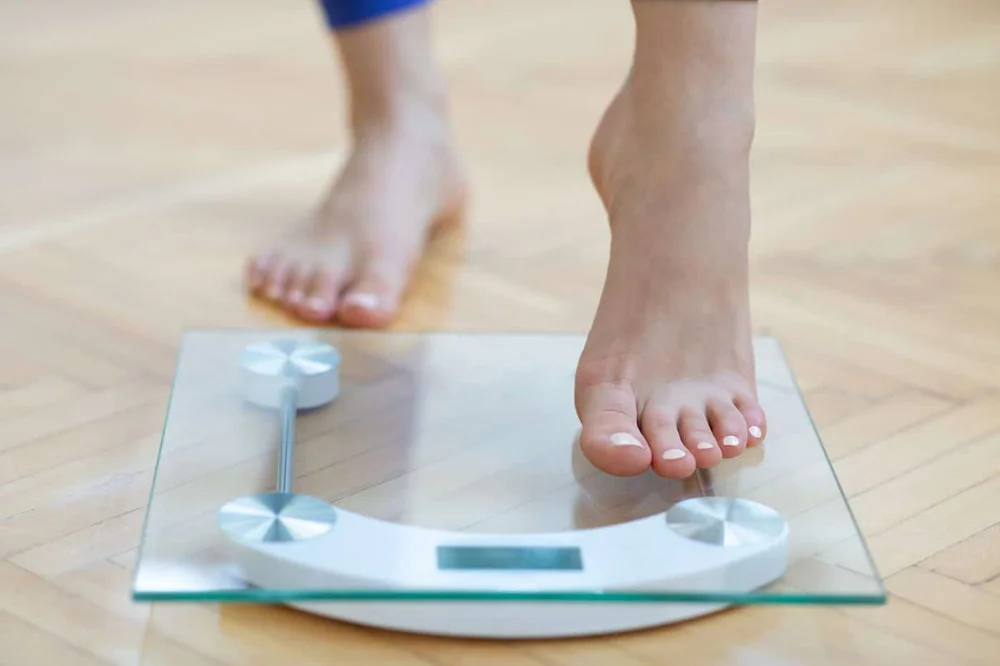What Are the Benefits of an Elimination Diet for Your Health?
The term “elimination diet” doesn’t describe one specific diet but is an umbrella term that describes many different diets that target different issues while employing the same base method.
Unlike other diets, the goal of an elimination diet isn’t weight loss. Rather, elimination diets are used or prescribed to individuals by their healthcare provider to identify foods that are causing symptoms such as headaches, stomach problems, or skin conditions.
Whether you should go on an elimination diet is a question that’s best answered via a discussion with a registered dietitian or other healthcare provider who knows your personal medical history. In this article, we’ll cover what an elimination diet is, a few types, and the benefits and downsides so you can have an informed discussion with your healthcare provider.
What’s an Elimination Diet?
It works like this: depending on the issue you’re trying to identify, you’ll eliminate common trigger foods for a period of days to weeks. After this period, which gives your body time to heal from the issues caused by your trigger foods, you’ll gradually add these foods back into your diet one by one. In total, the diet lasts several weeks, although there’s no hard and fast timeline.
It’s very important to space out the reintroduction of each food. This is to make sure you can properly identify which food or foods cause a reaction. If you add multiple foods back in all at once, it may be difficult to pinpoint which one is triggering your issues.
One of the key things to know about this diet is that it’s meant to be short-term. It’s used only to identify trigger foods. After you do this, you can go back to enjoying all other foods as part of your regular diet.
The goal isn’t long-term restriction. It’s a short-term restriction with the goal of optimizing the number of foods you can enjoy and only avoiding the ones that may be causing you problems.
Although only adopted for short periods, these diets tend to be very restrictive, which is why it’s important to be under the care of a registered dietitian or doctor who can create a specific treatment plan for you and closely monitor any changes, as well as make recommendations for how to continue once the diet is complete.
Types of Elimination Diets
These elimination diets have the same method, but the difference comes down to the foods to be eliminated and the problems they may alleviate.
Low-FODMAP Diet
FODMAPs are Fermentable Oligo-, Di-, Monosaccharides, and Polyols. These are different types of carbohydrates that some people have difficulty digesting. Polyols are found in sugar alcohols, which are often used in products like chewing gum to limit added sugars while maintaining sweetness. Each of these can cause different types of gastrointestinal (GI) issues, such as: gas, bloating, abdominal pain, cramping, and diarrhea. However, these sugars and sugar alcohols can be found in a wide variety of foods, and it’s best to restrict your diet only as much as is necessary for your health to flourish.
A few of the foods you would initially limit on this diet include dairy products, beans, lentils, onions, garlic, apples, and pears.
Once you identify which of these foods causes your symptoms, you can return to enjoying all others. For some, dairy is a trigger for indigestion, gas, and bloating. For others, dairy is fine, but garlic causes problems.
This diet may help manage irritable bowel issues.
Autoimmune Protocol (AIP) Diet
The AIP diet is often compared to Paleo because of the foods it eliminates. The goal is to eliminate foods that may create an unhealthy inflammatory balance.
This includes foods such as grains, legumes, nightshade vegetables, dairy, eggs, nuts, refined sugars, artificial sweeteners, alcohol, and coffee. These are avoided for the initial phase and added back into the diet gradually to identify which foods cause a reaction.
This diet is usually used for identifying which foods cause problems in the bowel. These foods may also cause conditions such as leaky gut.

Benefits of Elimination Diets
If you think an elimination diet may be for you, what does science have to say about its benefits? When is it helpful to consider talking to your healthcare provider about starting one?
From headaches to irritable bowel, there’s a growing body of data that shows how identifying trigger foods via an elimination diet and then limiting or avoiding them altogether works.
Unlike weight-loss diets, where research shows they don’t work for maintaining long-term weight loss, elimination diets work when properly followed.
A 2016 review examined the role of diet in headaches. This study showed elimination diets are effective for reducing headaches by identifying specific triggers such as caffeine withdrawal and consumption of MSG.
Another review of several studies shows a Low-FODMAP diet improves some bowel conditions, particularly abdominal pain and bloating.
Overall, the evidence is in favor of these diets when they’re used properly and guided by a trained healthcare professional. If you think an elimination diet may help you find some relief, talk to your doctor or dietitian.
Downsides of an Elimination Diet
It’s good to have realistic expectations before you begin this type of diet, so here are some things to be aware of.
Limited Options
To complete this diet, you must have access to enough foods that fit within the guidelines, and the options are few during the initial portion of the protocol.
You also must have the ability and willingness to prepare these foods day after day. If you’re used to eating out or relying on convenience foods, it will require a big change for the short duration of the diet. Finding support in groups, either in person or online, can help you stay on track. Accountability helps many people meet their goals.
Difficult to Follow
Other diets may have “cheat days” or some wiggle room, but elimination diets don’t. For it to work right, you must completely avoid all potential trigger foods and ingredients for the initial days or weeks. This is the only way to accurately identify which foods are causing your symptoms.
While this may be a breeze for some, it may be quite the burden for others. This diet requires a high level of motivation. Thankfully, it’s not your new way of life – it’s only for a brief period, but you’ll still need the mental and emotional stamina to get through those few weeks.
It’s important to consider that before you go on a diet it may sound like an easy task. However, many people forget that food affects more than just how you feel physically, but it affects you socially as well.
Picking the right time to go on this diet may mean checking your calendar to see if you have any weddings, graduations, or other celebrations coming up where you would want to be able to participate fully in the festivities – after all, food is a big part of the fun of celebrations!
Planning and Supervision
Although you could do an elimination diet on your own, it’s most effective when you involve a registered dietitian, doctor, or specialist who has a working knowledge of food sensitivities and allergies and how to manage them through diet.
In addition to that, you’ll want to have some sort of game plan to optimize your chances of success. Your healthcare provider will be a great resource for this. The right one will have both the knowledge and experience to guide you in your preparation. Why is this a downside? Not everyone wants to follow a diet that requires multiple visits with their healthcare provider. If you were previously under the impression that this diet was just like low-carb or Paleo, you may be surprised that when used for its intended purpose, it’s very involved.
The Bottom Line
Elimination diets are short-term, restrictive diets designed to help you identify foods that may be triggering different physical problems, from bloating to headaches to skin conditions.
Research supports this diet for helping to manage these problems. However, these types of diets are highly restrictive and should only be pursued while under the care of a trained healthcare provider.
It’s best not to blindly restrict foods indefinitely or follow a protocol that worked for someone else. These issues are highly individualized and the point of the diet is to find out which foods specifically bother you. The goal of an elimination diet should be to maximize the foods you can eat and only eliminate the foods that cause you issues.
Overall, elimination diets are highly effective when followed properly and can help you heal your body from the inside out by changing your diet.
At BrainMD, we’re dedicated to providing the highest purity nutrients to improve your physical health and overall well-being. For more information about our full list of brain healthy supplements, please visit us at BrainMD.
- Good vs. Bad Carbs: How to Create a Balanced Diet with Healthy Carbs! - January 27, 2022
- How to Make Homemade Salad Dressings + Recipes! - August 28, 2021
- How to Ditch Diet Culture & Improve Your Relationship with Food - August 25, 2021




I cant find my Elimination diet Flyer I got when I underwent the Spectascan. Where may I find a copy of. It did wonders to eliminate inflammation.